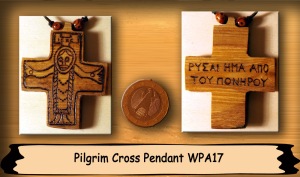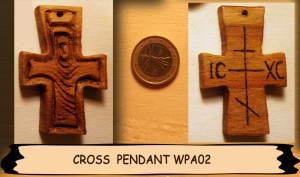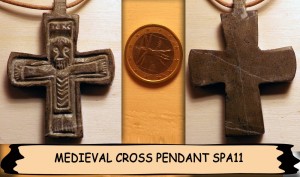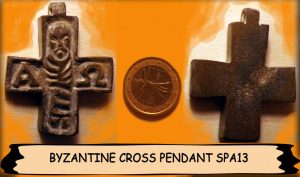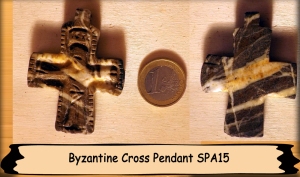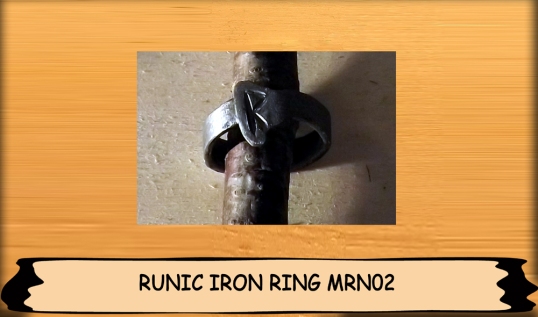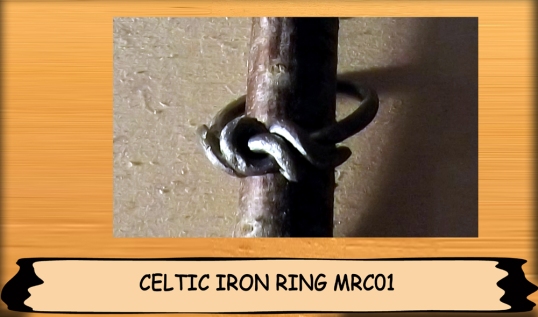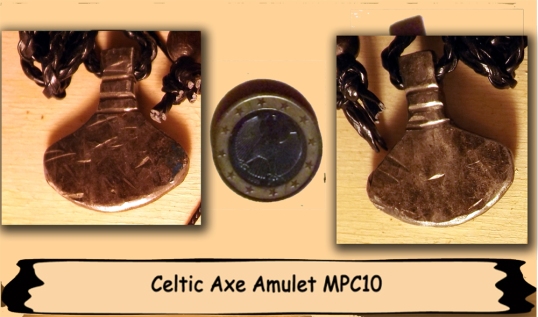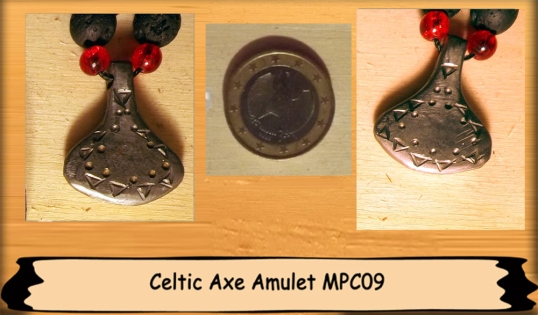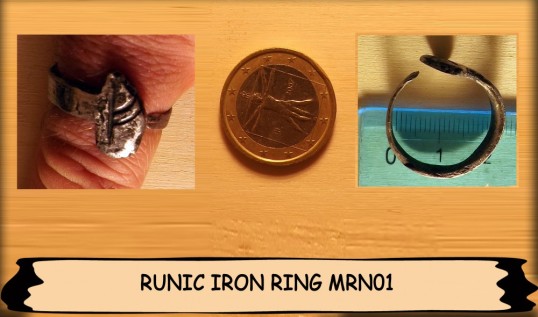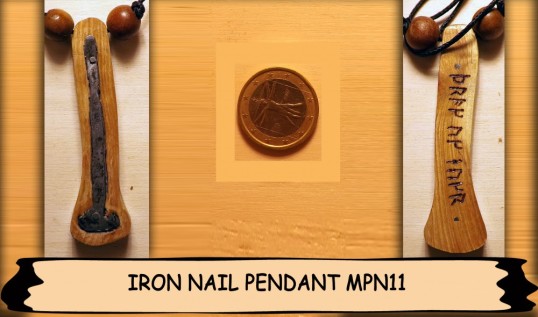 |
 |
 |
 |
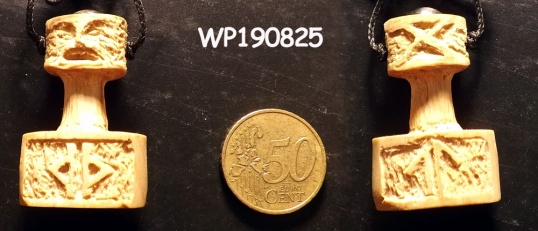 |
 |
Mjollnir Pendants
In Norse mythology, Mjölnir (Old Norse: Mjǫllnir) is the hammer of Thor, a major Norse god associated with thunder. Mjölnir is depicted in Norse mythology as one of the most fearsome and powerful weapons in existence, capable of leveling mountains. Similar hammers (Ukonvasara) were a common symbol of the god of thunder in other North European mythologies.
About 50 specimens of Mjölnir amulets have been found widely dispersed throughout Scandinavia, dating from the 9th to 11th centuries.
Mjöllnir
Il Mjöllnir (it. “Frantumatore”), oppure Martello di Thor, è l’arma di Thor, il dio del fulmine e del tuono della mitologia norrena. Il suo significato simbolico, teologico o teorico-sapienziale, è comparabile a quello del Vajra vedico (il “fulmine” o “diamante”, arma di Indra) e simboli simili.
Riproduzioni del martello erano molto popolari in Scandinavia e utilizzate nei Blót e in altre cerimonie sacre, ad esempio i matrimoni. Nel 1925, a Gotland, un martello venne posto sul letto degli sposi novelli per portare fertilità alla nuova famiglia. Durante il periodo di conversione al Cristianesimo, fu in competizione con il simbolo della croce e talvolta indossato contemporaneamente ad essa.
Nella tradizione islandese, l’uso rituale del Martello di Thor era pratica grandemente diffusa: tracciando il segno del Martello si creava un vincolo magico contro i ladri e si segnava il confine tra due proprietà terriere.

